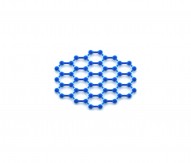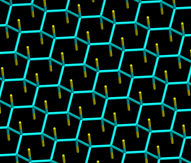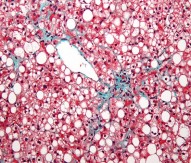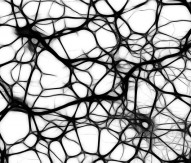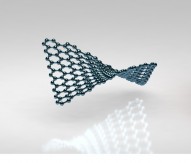
EU science flagships structure announced
The European Commission has published a report on its science and technology flagships, drawing on the lessons from setting up the first two flagships – Graphene and the Human Brain Project – each representing an investment of €1bn. It also sets out the future working arrangements for the two flagships underway.
European Commission Vice-President, responsible for the Digital Agenda, Neelie Kroes said: “The Human Brain Project (HBP) and the Graphene flagships have the potential to revolutionise science, boost industry and improve peoples’ lives with new products and medical treatments. No funding agency, no scientific community, no company, no member state can achieve this alone: we need to find the best way to join forces and the flagship model is here to stay.”
The Graphene Flagship aims to take graphene and related layered materials from the realm of fundamental science to industrial and societal applications in the space of ten years. Novel composites, more efficient batteries and new types of sensors are examples of technologies that will benefit from graphene and related materials in a variety of fields: from energy to automotive technologies, and from chemical processes to aerospace.
The Human Brain Project aims to combine existing knowledge and data about the human brain for building a realistic computer model of the brain by 2023. Such a model will help researchers understand how the human brain works and the diseases affecting it. The HBP will have a potentially massive impact in areas such as neuroscience, new treatments for brain disease, computing and robotics technologies.

